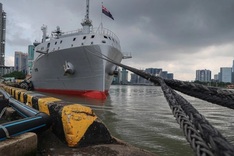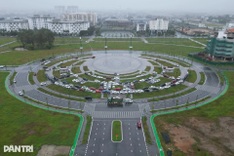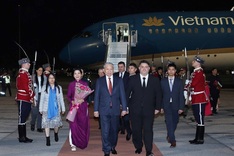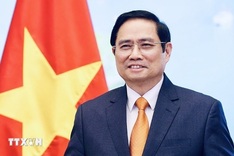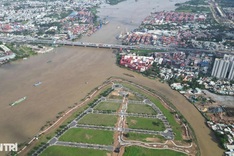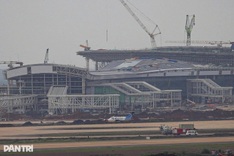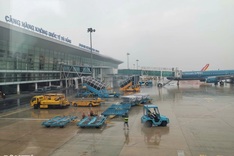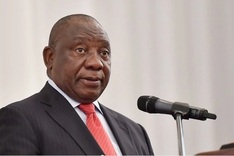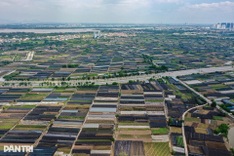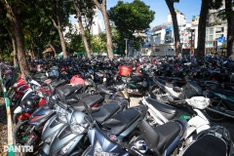Tourism and government officials have called for increased efforts aimed at diversifying Hanoi\'s tourism industry, transforming the capital into the country\'s top destination for both international and local travellers.
 |
| Foreign tourists visit Old Quarter streets in Hanoi. Local authorities have plans to turn Hanoi into one of the leading destinations for international and domestic tourists. — VNA/VNS Photo Anh Tuan |
In 2010, the year that marked the capital\'s 1000th anniversary, Hanoi welcomed 12.3 million visitors. It has been estimated that the number has already reached 6.5 million this year, a 23 per cent year-on-year increase. In 2010, Hanoi was listed as one of Smart Travel Asia\'s top 10 destinations.
However, the city\'s tourism industry has lacked direction and clear objectives, officials pointed out at meeting among officials from the Ministry of Culture, Sports and Tourism and the Hanoi People\'s Committee on Wednesday.
Hanoi\'s tourism sector has been largely dependent on its traditional handicraft and ancient villages while the number of its resorts and entertainment complexes have fallen short compared to other domestic destinations.
According to participants at the meeting, Hanoi\'s tourism companies have as yet to receive international recognition, with tourists still complaining about poor services and intrusive solicitations on the street.
Nguyen Van Tuan, head of the Vietnam National Administration of Tourism, said that the development of Hanoi tourism played a critical role in the country\'s entire tourism picture. Tuan said that if Hanoi aimed at only attracting 2 million international visitors in 2015, it would be rather "modest."
According to Tuan, the Tourism Administration has submitted a strategic draft aimed at developing Vietnam\'s tourism by 2030 based on authentic and competitive tourism products, a task Hanoi\'s authorities will also have to accomplish.
It has been estimated that Hanoi has nearly 5,000 sites considered historically important including the Imperial Citadel of Thang Long, recognised as a World Heritage site by UNESCO in July 2010, the Temple of Literature and the Giong Festival, in addition to the prominent Old Quarter and countless numbers of traditional villages and folk festivals.
Nguyen The Thao, chairman of the Hanoi People\'s Committee, agreed that the capital had to apply greater efforts in attracting tourism investment to help Hanoi along the road of becoming a major regional trade and tourism centre.
According to Thao, Hanoi will soon finalise its tourism development strategy for the next 10 years, major tasks to include developing authentic tourism products, connecting international events held in Hanoi to tourism and developing human resources.
Elliot Price, founder and community relations director of the New Hanoian, a popular online community website linking people who hope to explore and share experiences about life in the Vietnamese capital, said that those who know and love Ha Noi feel that it could be doing a better job in engaging in the international tourism market.
"The persistent sense that travellers are treated as faceless opportunities for short-term gain is a very damaging one," said Price, an American who has lived here since 2004. "The service sector in Hanoi has undoubtedly improved in the last decade, but it still has a long way to go. Time in a more and more competitive marketplace will help, but the various professional associations and public bodies set up to monitor the tourism sector should be doing their part to optimise what momentum there is."


